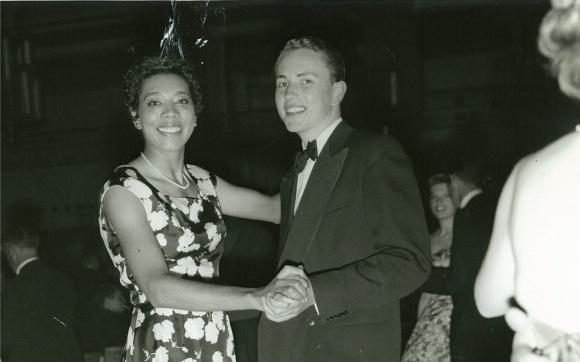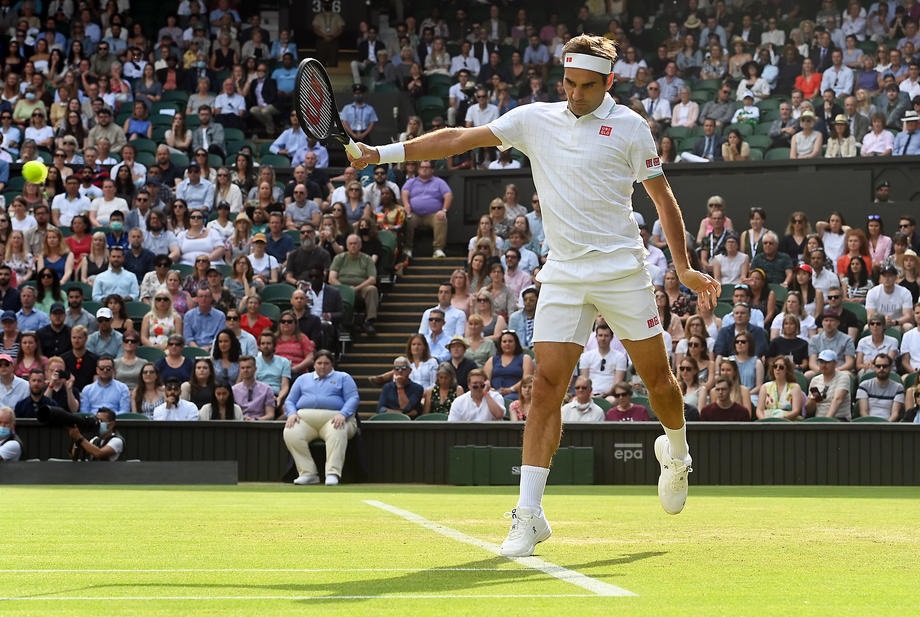- Ricky’s picks for this week’s ATP 500 in Rotterdam
- ABN AMRO Rotterdam Open Draw and Schedule of Play for Wednesday, February 5, 2025
- Former No. 1 Simona Halep Announces Her Retirement At Age 33
- ABN AMRO Rotterdam Open Draw and Schedule of Play for Tuesday, February 4, 2025
- Petra Kvitova Will Launch Her Comeback in Austin
- Rotterdam ATP 500 draw: Alcaraz, Medvedev, Rublev headline stacked field
- ABN AMRO Rotterdam Open Qualifying Draw and Schedule of Play for Saturday, February 1, 2025
- Taylor Fritz to Play Opening Match February 13 in Historic Delray Beach Open Three-Peat Quest
- Stars Join Forces for Eisenhower Cup Return to Indian Wells on March 4
- Ken Thomas Broadcasting from Georgia’s Rome Tennis Open
- Solinco Launches All-New Whiteout V2 Racquet
- Stringlet: Serving Up Tennis Inspiration With A Twist
- Davis Cup qualifying to feature Brazil vs. France and Spain vs. Switzerland
- 2025 US Open Expands to Sunday Start
- Tennis Channel To Broadcast U.S. Davis Cup Qualifier vs. Tawain
Celebrating Black History Month • Richard Evans Shares His Night As Althea Gibson’s Escort At The Wimbledon Ball (From The 10sballs.com Vault)
- Updated: February 12, 2020
 Picture Courtesy of Richard Evans
Picture Courtesy of Richard Evans
Editors Note: Richard sharing this “gem” with us is such a beautiful tribute to a beautiful lady.
Anna Wintour Has been a fan of tennis since she was a little girl. Imagine if she ran the WTA… Just saying… all the top 100 players would be millionaires. (LJ)
It was Charles Wintour, the father of Vogue’s Anna Wintour, who assigned me to write Althea Gibson’s copy for the London Evening Standard in 1960 and, in doing so, kick started my tennis writing career.
Wintour was editor of the Evening Standard at the time and I had joined the paper on the Friday of Queen’s which was then played in the week before the Championships. A quick introduction on the steps of the clubhouse and, on the following Monday I found myself seated next to this tall, elegant and charming lady in the Centre Court press box.
Althea had enjoyed the company of another ‘ghost’ the previous year so was well versed in how to come up with quick observations and opinions as the play unfolded and the editions rolled off the presses. Those were the halcyon days of evening newspaper journalism with London’s three evening papers each producing nine editions a day.
One of our first reports, covering four columns, zeroed in on the promise of an 18-year-old girl from San Diego called Karen Hantze. It was by-lined “Althea Gibson at Wimbledon talking to Richard Evans” and it read in part:
“Karen Hantze gave spectators at the Queen’s Club last week a fine demonstration of her potential by winning through to the final when, as was to be expected, she suffered defeat at the hands of Christine Truman.
“It was clear then that she would make her mark at Wimbledon…..I first saw Karen when I was filming in California in December 1958. She was competing in the La Jolla tournament and reached the final – eventually being defeated by Mrs Beverly Fleitz who has now retired from competitive tennis. Despite this ultimate defeat she struck me immediately as a player of great possibilities. I like her aggressive attitude towards the game. Her one apparent handicap just now may be lack of stamina.
“However, she has youth on her side and continuous competitive tennis at championships level will help to develop her game to the standards required of a champion.”
Unsurprisingly for someone who knew what it took (Gibson had won Wimbledon in 1957 and 1958) Althea was proved right two years later when, as Karen Hantze Susman, the American won the title with a 6-4, 6-4 triumph over Vera Sukova (mother of Helena Sukova) in the final. Just to emphasize her pedigree Karen teamed with a teenager called Billie Jean Moffitt to retain the doubles crown they had won the previous year – this time beating the fine South African pair of Sandra Reynolds and Renee Schuurman.
On that first Wednesday of the championships, my yellowing cuttings book tells me that Althea was calling Gardnar Mulloy ‘ageless’ – in 1960. Not sure how to describe Gar now at 101! Anyway it came about because Mulloy and the great Dane Kurt Nielsen (the only man to have reached the Wimbledon final twice unseeded) were due to play two of Britain’s best players, Billy Knight and Mike Davies.
Althea wrote: “For Knight to beat the unpredictable Nielsen or Davies to do likewise to Mulloy would, I am sure, be a great filip for British supporters for I feel Britain’s hopes for the future largely lie in these two young men.
“Of the two, Knight has the harder task. So often in the past Nielsen has brought off surprising victories when everyone had counted him out and now, as one of Wimbledon’s best known figures, he has the great advantage of experience on his side.
“At the same time I cannot rule out the chances of the ageless Mulloy who, last year, caused a sensation by soundly beating his much-fancied 18-year-old countryman Earl Buchholz.”
Prescient again, Althea was backed up by the results. A quick check on the 1960 men’s singles draw, courtesy of John Barrett’s great tome “Wimbledon – The Official History of the Championships” which lists every draw since 1877, shows that Nielsen beat Knight 6-3 in the fifth after winning the fourth 11-9 in those pre-tiebreak days while ‘old’ Mulloy whipped Davies in straight sets.
Althea’s crystal ball was also clear while assessing the potential of Chuck McKinley when the muscular little teenager from St Louis was being hailed as the next big thing in American tennis. After the French No 1 Pierre Darmon had beaten him 6-1 in the fifth in the second round, Althea wrote:
“Long before Darmon won the match, I had come to the conclusion that the rave reports were premature. Chuck still has a long way to go. Undoubtedly McKinley has the makings of fine player and he will be well on the way to maturity when he can learn to use his great with more control.
“A youngster can often suffer from being rushed into the ‘star’ category before he is ready, either mentally or physically, to accept it. Four years ago Britain’s Christine Truman was the victim of this kind of build up and I that that maybe it only helped to put a brake on her progress.
“I am sure McKinley will take a sensible attitude to his failure to live up to the standard some people expected of him and return next year having benefited from such an over-dramatized debut.”
Well, Chuck benefited sufficiently to reach the final in 1961, losing to Rod Laver, and, after suffering a second round defeat to Britain’s Mike Hann the following hear, McKinley’s great moment arrived in 1963 when he won Wimbledon with a 9-7, 6-1, 6-4 defeat of Australia’s Fred Stolle in the final. The great sadness was that McKinley died in 1986 at the age of 45 from brain cancer.
Working with Althea was a wonderful introduction to the world of tennis which would so consume my life as the years rolled by and we celebrated our partnership by attending the Wimbledon Ball which, in those days, was held at the Grosvenor House Hotel on Park Lane. I suppose a few eyebrows were raised behind our backs as we descended the stairs into the vast ballroom but no one dared utter a word about the unusual sight of a young white reporter escorting a black former champion. The British know when to button their lip.
But it was a delightful occasion and I was honored to be her partner. Life should have treated this gracious lady more kindly.






